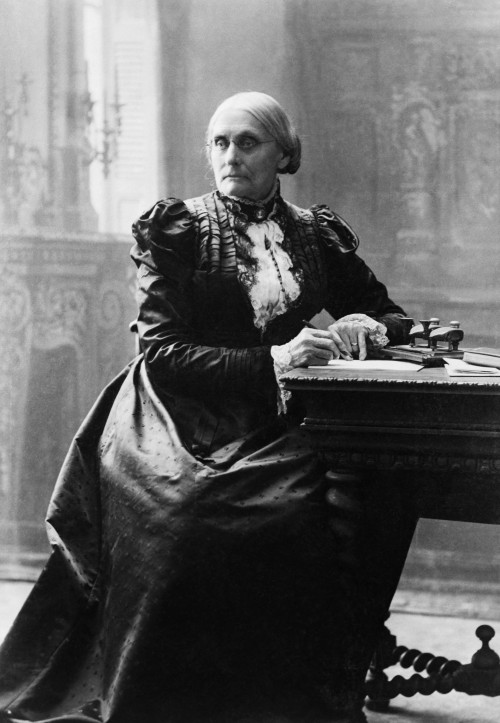#abolitionists
Remembering 14-year-old Emmett Till, who was brutally murdered on this day, August 28, 1955, by white supremacists in Mississippi. Rest in peace, Emmett.

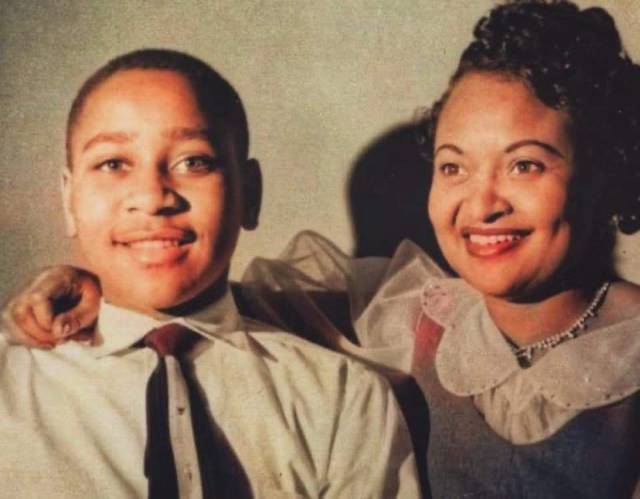
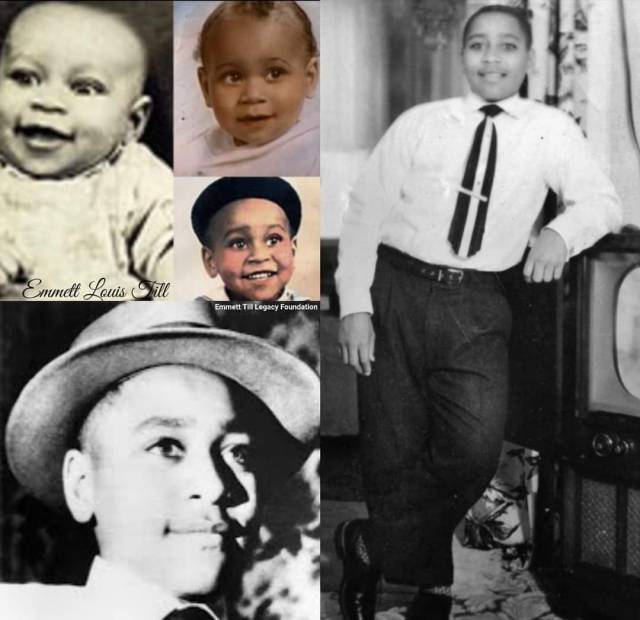
“Every where the years bring to all enough of sin and sorrow; but in slavery the very dawn of life is darkened by these shadows. Even the little child, who is accustomed to wait on her mistress and her children, will learn, before she is twelve years old, why it is that her mistress hates such and such a one among the slaves. Perhaps the child’s own mother is among those hated ones. She listens to violent outbreaks of jealous passion, and cannot help understanding what is the cause. She will become prematurely knowing in evil things. Soon she will learn to tremble when she hears her master’s footfall. She will be compelled to realize that she is no longer a child. If God has bestowed beauty upon her, it will prove her greatest curse. That which commands admiration in the white woman only hastens the degradation of the female slave.
I know that some are too much brutalized by slavery to feel the humiliation of their position; but many slaves feel it most acutely, and shrink from the memory of it. I cannot tell how much I suffered in the presence of these wrongs, now how I am still pained by the retrospect. My master met me at every turn, reminding me that I belonged to him, and swearing by heaven and earth that he would compel me to submit to him. If I went out for a breath of fresh air, after a day of unwearied toil, his footsteps dogged me. If I knelt by my mother’s grave, his dark shadow fell on me even there. The light heart which nature had given me became heavy with sad forebodings. The other slaves in my master’s house noticed the change. Many of them pitied me; but none dared to ask the cause. They had no need to inquire. They knew too well the guilty practices under that roof; and they were aware that to speak of them was an offence that never went unpunished.”
–Harriet Jacobs, “Incidents in the Life of a Slave Girl, Written by Herself
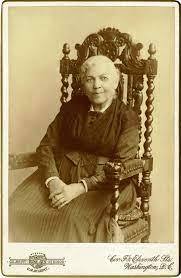
“The every-day life of a slave on one of our southern plantations, however frequently it may have been described, is generally little known at the North. The principal food of those upon my master’s plantation consisted of corn meal, and salt herrings; to which was added in summer a little buttermilk, and the few vegetables which each might raise for himself and his family, on the little piece of ground which was assigned to him for the purpose, called a truck patch. The meals were two, daily. The first, or breakfast was taken at 12 o’clock, after laboring from daylight; and the other when the work of the remainder of the day was over. The only dress was of tow cloth, which for the young, and often even for those who had passed the period of childhood, consisted of a single garment, something like a shirt, but longer, reaching to the ankles; and for the older, a pair of pantaloons, or a gown, according to the sex, while some kind of round jacket, or overcoat, might be added in winter, a wool hat once in two or three years, for the males, and a pair of coarse shoes once a year. Our lodging was in log huts, of a single small room, with no other floor than the trodden earth, in which ten or a dozen person-men, women, and children-might sleep, but which could not protect them from dampness and cold, nor permit the existence of the common decencies of life. There were neither beds, nor furniture of any description-a blanket being the only addition to the dress of the day for protection from chillness of the air or the earth. In these hovels were we penned at night, and fed by day; here were the children born, and the sick-neglected. Such were the provisions for the daily toll of the slave.”
–Josiah Henson, “The Life of Josiah Henson, Formerly a Slave. Narrated by himself. 1849

“Slavery has existed in this country too long and has stamped its character too deeply and indelibly, to be blotted out in a day or a year, or even in a generation. The slave will yet remain in some sense a slave, long after the chains are taken from his limbs, and the master will yet retain much of the pride, the arrogance, imperiousness and conscious superiority, and love of power, acquired by his former relation of master. Time, necessity, education, will be required to bring all classes into harmonious and natural relations…
Law and the sword can and will, in the end abolish slavery. But law and the sword cannot abolish the malignant slaveholding sentiment which has kept the slave system alive in this country during two centuries. Pride of race, prejudice against color, will raise this hateful clamor for oppression of the negro as heretofore. The slave having ceased to be the abject slave of a single master, his enemies will endeavor to make him the slave of society at large.”
-Frederick Douglass, December 28, 1862, Rochester, New York, Speech at the Spring Street AME Zion Church

Women’s History Month
Margaret Palm-African-American History-Civil War
Margaret Palm lived in Gettysburg, Pennsylvania, along with 190 other free African-Americans, making up about 8% of the town’s population. She rented a white shack on the west end of Emmitsburg Road, and lived there with her husband, Alf Palm and their one child.
During the months leading up to the Battle of Gettysburg, African-American members of the Gettysburg community began fleeing their homes for fear that their freedom and safety would be in jeopardy, once the Confederate army invaded their little town.
There are many stories that surround the persona of “Mag Palm”, as she was called, some perhaps mere legends passed on by other civilians over the years. One legend refers to Mag as “Maggie Bluecoat”, referring to the story that she wore a blue coat of an officer of the War of 1812, and carried a musket while aiding other slaves in their fight for freedom from slavery.
One account, however, of an attempted kidnapping of Mag Palm by two local men is well known and well documented. Many free African-Americans were often victims of kidnapping by their own white neighbors, often to be sold off to Southerners for slavery.
Like the majority of African-American women in the Gettysburg community during the Civil War years, Mag made a hard living by scrubbing floors and washing the clothes of her white neighbors. One cold winter night in 1858, three years before the war even began, upon returning home from picking up her pay from one of her employers, Mag was attacked by two men who tried to tie her hands and take her away. . Mag managed to fight both men off with the help of another neighbor, John Karseen, a store owner in town, who witnessed the attack. Years later Mag Palm was photographed demonstrating how the men bound her hands and documented the attack for history.
During the battle, her home on Emmitsburg Road was occupied by the Union army and eventually destroyed in the fighting on the last day of the Battle of Gettysburg, July 3, 1863. Despite hardships in her own marriage, as her husband drank and was often prone to fits of rage, she managed to buy her own home again along Long Lane, a black community in the town, after the battle was finally over. She continued to struggle financially and was never able to stop beating rugs and scrubbing floors for a living.
Mag Palm passed away in October of 1896 from a heart ailment. She was buried in the Lincoln Cemetery in Gettysburg, among many other African-American civilians of the town. Her courageous story of struggle and survival is only one of the many forgotten African-American civilian stories of the women who lived and survived the battles fought right in their own communities, during the Civil War.
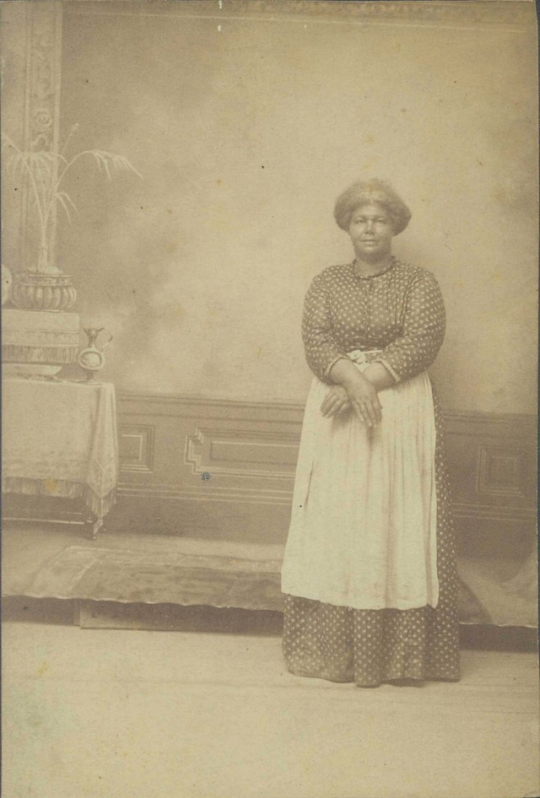

Remembering the amazing Harriet Tubman, who died on this day, March 10, 1913, in Auburn, New York.


Harriet Beecher Stowe was an author and abolitionist who wrote “Uncle Tom’s Cabin-Or, Life Among the Lowly”, in 1852. At the time, the book caused a sensation throughout the country, especially in the South. Stowe’s story opened up the country’s eyes to the hideous institution of slavery more than ever.
Stowe, the wife of the staunch abolitionist, Calvin Ellis Stowe, and an abolitionist herself, was once described by President Lincoln upon their meeting as “the little woman who wrote the book that started this great war.”
“Uncle Tom’s Cabin” is considered the bestselling and most impactful book of the 19th century, and ranks second in Literature only to the Bible.

Remembering John Lewis, born on this day, February 21, 1940.


DECEMBER 12 - SOJOURNER TRUTH
Sojourner Truth,born Isabella (“Bell”) Baumfree, was an African-American abolitionist and women’s rights activist. Truth was born into slavery in Swartekill, Ulster County, New York, but escaped with her infant daughter to freedom in 1826. After going to court to recover her son, in 1828 she became the first black woman to win such a case against a white man.
She gave herself the name Sojourner Truth in 1843. Her best-known speech was delivered extemporaneously, in 1851, at the Ohio Women’s Rights Convention in Akron, Ohio. The speech became widely known during the Civil War by the title “Ain’t I a Woman?,” a variation of the original speech re-written by someone else using a stereotypical Southern dialect; whereas Sojourner Truth was from New York and grew up speaking Dutch as her first language.
During the Civil War, Truth helped recruit black troops for the Union Army; after the war, she tried unsuccessfully to secure land grants from the federal government for former slaves.
In 2014, Truth was included in Smithsonian magazine’s list of the “100 Most Significant Americans of All Time”.
Text for today’s post was taken from Wikipedia. Please consider donating a few minutes to make a submission to Celebrate Women before the year is over.
Post link
NOVEMBER 30 - LYDIA MARIA CHILD
Remembered for penning the popular children’s poem “Over the River and Through the Wood”, Lydia Maria Child often shocked audiences from the 1830s to the 1960s with her extremely liberal views. She called for the emancipation of slaves without any compensation to slaveholders, believing that women could not make significant progress in their rights until slavery was abolished.
Child’s 1833 work An Appeal in Favor of That Class of Americans Called Africans is said to be the first anti-slavery book published in the United States. She also wrote fictional short stories in support of her anti-slavery beliefs, often exploring how sexual exploitation affected both the enslaved and the slaveholder’s family. The more she delved into these concepts, the more negative reactions she received from readers.
This was not, however, Child’s first taste of controversy. In the mid-1820s, she published a historical romance novel entitled Hobomok: A Tale of Early Times, writing under the anonymous pseudonym “an American”. The book caused quite a stir in the literary community due to its central relationship - an interracial marriage between a white woman and a Native American man.
Decades later, Child would publicly endorse Native American rights, compiling various pamphlets throughout the 1860s. One of her pieces, An Appeal for the Indians, called upon government officials and religious leaders to make a difference, leading to the establishment of the US Board of Indian Commissioners in 1869.
Post link
DECEMBER 29 - SUSAN B. ANTHONY
Susan Brownell Anthony was an American social reformer and feminist who played a pivotal role in the women’s suffrage movement. Born into a Quaker family committed to social equality, she collected anti-slavery petitions at the age of 17. In 1856, she became the New York state agent for the American Anti-Slavery Society.
In 1851, she met Elizabeth Cady Stanton, who became her lifelong friend and co-worker in social reform activities, primarily in the field of women’s rights. In 1852, they founded the New York Women’s State Temperance Society after Anthony was prevented from speaking at a temperance conference because she was a woman. In 1863, they founded the Women’s Loyal National League, which conducted the largest petition drive in the nation’s history up to that time, collecting nearly 400,000 signatures in support of the abolition of slavery. In 1866, they initiated the American Equal Rights Association, which campaigned for equal rights for both women and African Americans.
In 1868, they began publishing a women’s rights newspaper called The Revolution. In 1869, they founded the National Woman Suffrage Association as part of a split in the women’s movement. In 1890 the split was formally healed when their organization merged with the rival American Woman Suffrage Association to form the National American Woman Suffrage Association, with Anthony as its key force. In 1876, Anthony and Stanton began working with Matilda Joslyn Gage on what eventually grew into the six-volume History of Woman Suffrage. The interests of Anthony and Stanton diverged somewhat in later years, but the two remained close friends.
In 1872, Anthony was arrested for voting in her hometown of Rochester, New York, and convicted in a widely publicized trial. Although she refused to pay the fine, the authorities declined to take further action. In 1878, Anthony and Stanton arranged for Congress to be presented with an amendment giving women the right to vote. Popularly known as the Anthony Amendment and introduced by Sen. Aaron A. Sargent (R-CA), it became the Nineteenth Amendment to the U.S. Constitution in 1920.
Anthony traveled extensively in support of women’s suffrage, giving as many as 75 to 100 speeches per year and working on many state campaigns. She worked internationally for women’s rights, playing a key role in creating the International Council of Women, which is still active. She also helped to bring about the World’s Congress of Representative Women at the World’s Columbian Exposition in Chicago in 1893.
When she first began campaigning for women’s rights, Anthony was harshly ridiculed and accused of trying to destroy the institution of marriage. Public perception of her changed radically during her lifetime, however. Her 80th birthday was celebrated in the White House at the invitation of President William McKinley. She became the first non-fictitious woman to be depicted on U.S. coinage when her portrait appeared on the 1979 dollar coin.
Text for today’s post was taken from Wikipedia.
Post link
…Thus, the libertarian must never, for the sake of alleged expediency, deny or conceal his ultimate objective of complete liberty; and he must never aggress against others in the search for a world of nonaggression. For example, the Bolsheviks, before the revolution, financed themselves partially by armed robbery in the name of “expropriating” capitalists; clearly, any use of aggression against private property in order to finance the libertarian movement, in addition to being immoral by libertarian principles, would cut against those principles themselves and their ultimate attainment.
At this point, any radical movement for social change, including the libertarian movement, has to face an important, realistic problem: in the real world, the goal — for the libertarian, the disappearance of the state and its aggressive coercion — unfortunately cannot be achieved overnight. Since that is the case, what should be the position of the libertarian toward “transition demands”; i.e., toward demands that would move toward liberty without yet reaching the ultimate goal? Wouldn’t such demands undercut the ultimate goal of total liberty itself?
In our view, the proper solution to this problem is a “centrist” or “movement-building” solution: namely, that it is legitimate and proper to advocate transition demands as way stations along the road to victory, provided that the ultimate goal of victory is always kept in mind and held aloft. In this way, the ultimate goal is clear and not lost sight of, and the pressure is kept on so that transitional or partial victories will feed on themselves rather than appease or weaken the ultimate drive of the movement.
Thus, suppose that the libertarian movement adopts, as a transitional demand, an across-the-board 50 percent cut in taxation. This must be done in such a way as not to imply that a 51 percent cut would somehow be immoral or improper. In that way, the 50 percent cut would simply be an initial demand rather than an ultimate goal in itself, which would only undercut the libertarian goal of total abolition of taxation.
Similarly, if libertarians should ever call for reducing or abolishing taxes in some particular area, that call must never be accompanied by advocating the increase of taxation in some other area. Thus, we might well conclude that the most tyrannical and destructive tax in the modern world is the income tax, and therefore that first priority should be given to abolishing that form of tax. But the call for drastic reduction or abolition of the income tax must never be coupled with advocating a higher tax in some other area (e.g., a sales tax), for that indeed would be employing a means contradictory to the ultimate goal of tax abolition. Libertarians must, in short, hack away at the state wherever and whenever they can, rolling back or eliminating state activity in whatever area possible…
— Murray Rothbard, What Libertarians Can Learn From the Abolitionists
‘I Want Us To Dream A Little Bigger’: Noname And Mariame Kaba On Art And Abolition |NPR
Chicago-based femcee Noname and abolitionist organizer Mariame Kaba joined Louder Than A Riot to discuss hip-hop’s role in a prison-free future.
Post link



